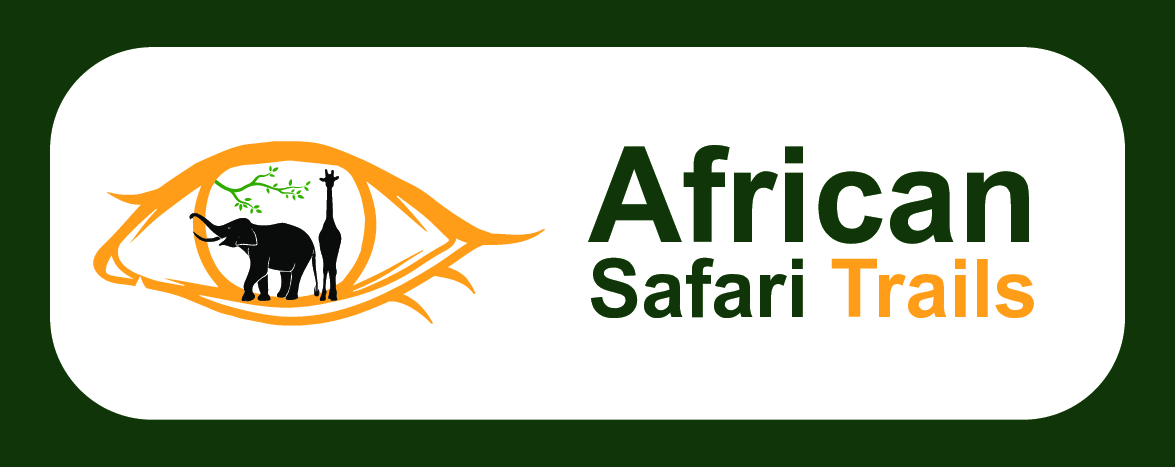Rwanda’s Wetlands & Lakes: Prime Birding Hotspots
Rwanda’s “land of a thousand hills” is also blessed with numerous wetlands and lakes, providing vital habitats for a diverse array of water-associated bird species, including some of the country’s most sought-after sightings. These areas offer excellent opportunities for boat safaris and shore-based birdwatching.
Here are Rwanda’s prime wetland and lake birding hotspots:
I. Akagera National Park (Eastern Province):
Akagera is arguably Rwanda’s most important wetland birding destination, with a chain of lakes and vast papyrus swamps forming its eastern boundary.
- Key Lakes & Wetlands:
- Lake Ihema: The largest lake in the park, offering fantastic boat safaris where you can spot hippos, crocodiles, and an incredible variety of water birds.
- Lake Rwanyakazinga: Also excellent for boat safaris and less frequented.
- Lake Hago: A prime area for a mix of water birds.
- Papyrus Swamps: The extensive papyrus beds are critical habitats.
- Iconic Species to Look For:
- Shoebill Stork: Akagera is Rwanda’s most reliable spot for this prehistoric-looking, elusive bird (as detailed in Section 108).
- African Finfoot: A shy, duck-like bird found in quiet waterways.
- African Fish Eagle: Common and iconic, with its distinctive call.
- Swamp Flycatcher: A specific papyrus specialist.
- Papyrus Gonolek: A striking black and yellow bird found in papyrus.
- Papyrus Canary: Small, localized canary.
- Great White Pelican, Pink-backed Pelican: Large flocks often seen on the lakes.
- Kingfishers: Numerous species, including Malachite, Pied, Giant, and Striped Kingfishers.
- Cormorants, Darters, Herons, Egrets, Storks, Ducks, Geese: A vast array of common water birds.
- Birding Method: Boat safaris are highly recommended for optimal viewing, complemented by game drives along the lakeshores.
II. Lake Kivu (Western Province):
One of Africa’s Great Lakes, Lake Kivu is serene and scenic, offering unique birding opportunities, particularly from the shores or by boat.
- Key Areas: Gisenyi (Rubavu), Kibuye (Karongi), and Cyangugu (Rusizi) towns along the lake.
- Species to Look For:
- Pied Kingfisher: Very common and active over the lake.
- Cormorants & Darters: Abundant on the lake.
- African Fish Eagle: Often seen.
- Various Gulls & Terns: Over the open water.
- Weavers, Warblers, and Sunbirds: Along the lakeshore vegetation.
- Birding Method: Shore walks, canoeing/kayaking, or boat trips.
III. Rugezi Marsh (Northern Province):
A vast and ecologically critical high-altitude wetland, Rugezi Marsh is recognized as an Important Bird Area (IBA) and a Ramsar site.
- Key Species to Look For:
- Grauer’s Rush Warbler: A highly localized Albertine Rift endemic that calls this marsh home. This is the prime location to find it.
- Papyrus Yellow Warbler: Another papyrus specialist.
- Great Snipe: (Migratory)
- Other various waterfowl, herons, and egrets.
- Birding Method: Access can be challenging, often requiring specific arrangements with local guides to navigate the marsh’s fringes.
IV. Nyabarongo River Wetlands (Kigali to Akagera):
The Nyabarongo River, Rwanda’s longest river, flows through extensive wetland systems before joining the Akagera River. These wetlands are accessible from various points, including closer to Kigali.
- Species to Look For:
- African Openbill: Often seen wading.
- Cattle Egrets, Great Egrets, Grey Herons: Common.
- Various Waders & Ducks:
- Pied Crow: Common around human settlements.
- Long-tailed Cormorant, White-breasted Cormorant:
- Birding Method: Roadside viewing from certain vantage points or guided community walks.
V. Umusambi Village (Kigali):
While primarily a sanctuary for rescued Grey-crowned Cranes, Umusambi Village also has reforested wetlands and open areas that attract other bird species.
- Species to Look For:
- Grey-crowned Crane: The star attraction, seen up close.
- Various wetland birds as the habitat recovers.
- Birding Method: Gentle walks along well-maintained paths.
General Tips for Wetland Birding:
- Binoculars and Scope: Essential for distant sightings on open water.
- Sun Protection: Wetlands often have less shade.
- Insect Repellent: Mosquitoes can be prevalent, especially in papyrus.
- Waterproof Gear: For boat safaris or if unexpected rain occurs.
- Local Guide: Invaluable for finding specific species and navigating the terrain safely.
Rwanda’s wetlands and lakes provide diverse and rewarding birding opportunities, from the iconic Shoebill to a plethora of waterfowl and localized papyrus specialists.
